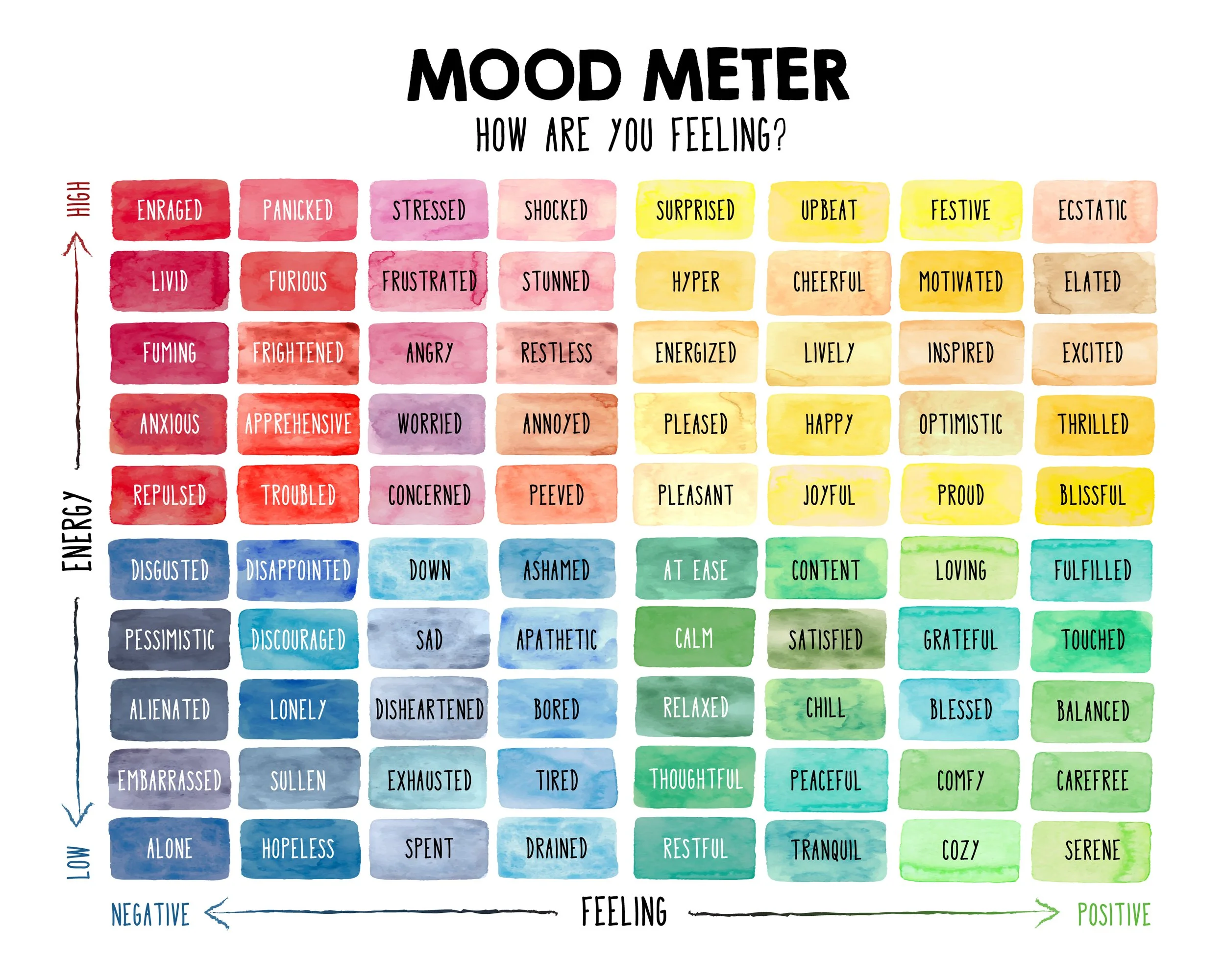Name it to Tame it
On Wednesday, I was in a counseling session with a teenager and I began my usual check-in, "how are you today". With this question, I gently serve her the ball, following where she directs the ball, but to my surprise, she lobbed it right back, 'Carrie, how are you?'.
As a therapist, I spend a lot of time holding space for other people to share their stories. It is a gift to sit with people in some of their most vulnerable moments and bear witness. I am always an active participant in the therapeutic space but my personal sharing is done only in the service of the student or the client. But when my student reflected the question to me, I found myself wobbling for a moment, trying to quickly do my own check-in but struggling to find the simple answer.
"How was I?". Well, in between sessions I had briefly glanced at my cell phone, which lit up with tens of messages about school closing, a situation we had all been anticipating for some time, and yet the reality of which still felt shocking.
My mind was racing thinking about all I had to do, how all of the students would be processing this news, how would parents handle this change? At that moment, my feelings could not be summed up with one word and instead, I felt a myriad of things.
And so, I pulled out one of my favorite therapeutic tools, Marc Brackett's Mood Meter, and identified the recipe of emotions stirring inside me: I was feeling frustrated, and drained, and relieved, and worried, and grateful. My student and I created 'feeling constellations', visual expressions of our internal lives.
To tame our emotions, we have to first name them. As Fred Rogers said, "Anything mentionable can be more manageable.” Labeling emotions gives our internal experiences shape and research shows a decrease in the emotional centers of the brain. Merely naming the feeling allows us greater access to our front lobe, the reasoning and thinking center of the brain. By labeling our emotions we also put distance between ourselves and our emotions. Labeling allows us to be less reactive and more reflective.
As we officially embark on what will most likely be a difficult holiday season, I invite you to momentarily pause when someone asks, 'how are you?'. Give yourself permission to check-in with yourself, even just briefly, and notice how you are feeling before automatically answering.
Have a wonderful holiday and stay safe. I am so grateful to share this space with all of you.
Warmly,
Carrie
P.S. Here is the famous mood meter I mentioned, which defines as emotions through two dimensions, pleasantness, and energy

